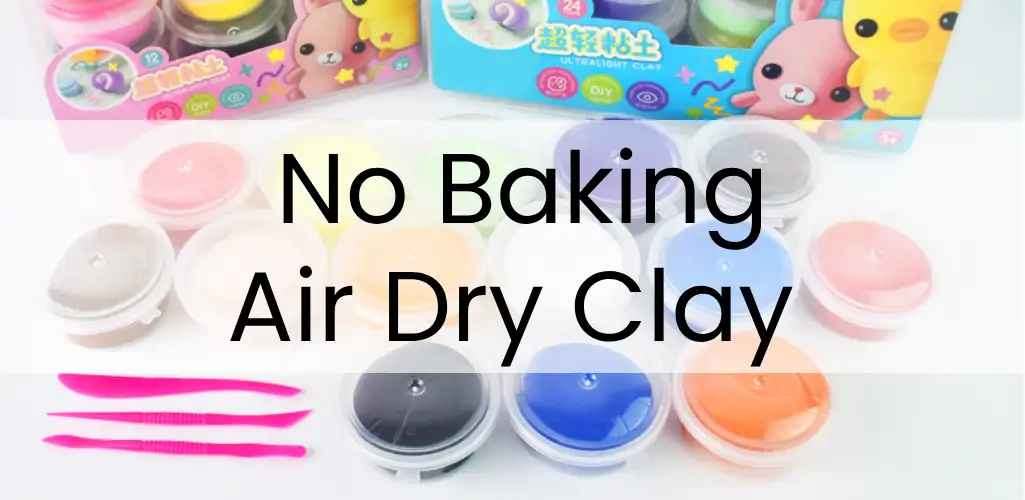Can you Bake Air Dry Clay? 5 Risks You Need to Know!
Let’s say the important things three times: Don’t bake air dry clay! Don’t bake air dry clay! Don’t bake air dry clay!
Air-dry clay can dry at room temperature. Still, people try to put it in the oven or microwave, which is a mistake! This blog will discuss why you can not bake air dried clay. You’ll know what happens when you bake this lightweight modeling clay.
Table of Contents
Why You Can’t Bake Air Dry Clay
You will want to bake clay since the traditional process and concepts are in your mind. Well, in the old days, you had to put the finished clay in a kiln and bake it at high temperatures so that the clay would harden.
However, the air-dry clay we are discussing today is no longer the baked clay of the past. Especially lightweight clay for children to play with, it can dry out anywhere.
Read More >> What is the Differences Between Air Dry Clay and Normal Clay
Maybe you already know this, but you don’t want to wait 24 hours for drying time. As you guessed, baking would make the clay dry faster. Well, you’re right, if you just want it to dry out regardless of the other risks.
Risk 1: Crack and Break
The most common risk of baking air-dry clay is causing it to crack and break.
Temperatures in ovens and kilns will rise quickly. They always reach hundreds or thousands of degrees Celsius in a short time. High temperatures will dry out the clay quickly by heating water to vapor. This seems to be in line with our expectations.
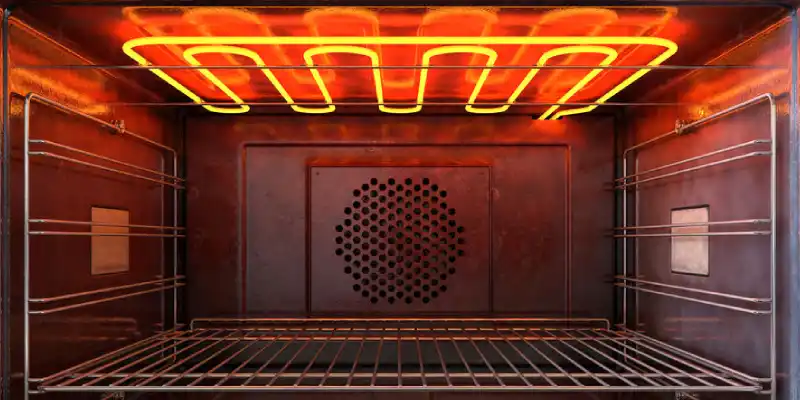
However, the surface will first contact hot air, drying out and hardening prematurely. This closes the passage for water inside to leave the clay. As it heats, the water inside the clay gains enough energy to push outward through the hardening surface. This causes the clay to crack and break.
Simply put, baking at high temperatures can not help the clay to dry evenly. It always dries too quickly outside while still being wet inside.
In the past, we needed to bake traditional clay. Because it had to go through high temperatures to complete the chemical reaction of hardening. But the composition of air-drying modeling clay is not suitable for heating. On the contrary, high temperatures may produce bad substances.
Risk 2: Toxic Gas
The main component of air-dry clay is PVA (polyvinyl alcohol), which is a water-soluble organic substance. PVA has many good properties, such as film-forming, emulsifying and adhesive properties [1]. Therefore, the lightweight clay made from it has high tensile strength and flexibility.
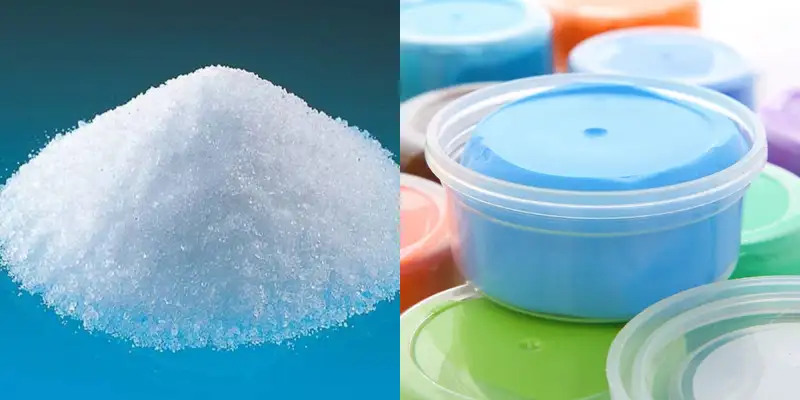
However, PVA doesn’t hold up well in high temperatures. Don’t forget, it’s an organic polymer. In the high temperature space of the oven (200°C), air-dry clay may produce toxic fumes. This is a characteristic of polymers, and PVA is no exception.
Risk 3: Burn and Scald
Baking temperatures are often high. Using an oven to heat air-drying clay will undoubtedly increase the risk of burns to you or your children. Because of this, you’ll see that most packages of air-dry clay toys will say “No Baking.” This prevents accidental damage from baking.
Risk 4: Destroy the Machine
Since PVA is not resistant to high temperatures, baking may melt the air-drying clay. The melted liquid is not only harmful but also difficult to clean. It can also flow into machines and damage electronic components inside.
Risk 5: Lose Faith
It usually takes us a lot of time and effort to make a clay craft. The wrong drying will ruin it all. Sincerely, starting over might not be so bad. The worst thing is that children lose confidence and stop creating.
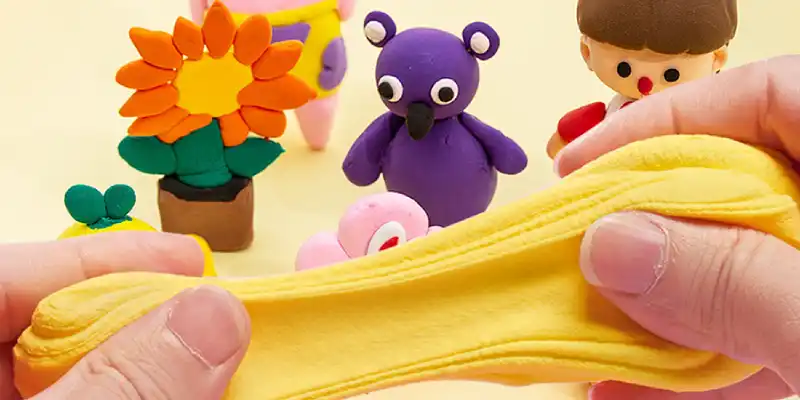
Sometimes, we need some patience, which is also beneficial for children to grow up.
Read More >> How Long does Air Dry Clay Take to Dry
Is Air Dry Clay Fire Safe
Although PVA is flammable and easily burns in air [2]. But in addition to PVA, air-dry clay also contains water. Therefore, it is not prone to burning.
Read More >> Is Air Dry Clay Flammable
Please note that this does not mean that air-drying clay is fire safe. When the water evaporates and the clay dries out, fire may cause chemical changes. Then it will produce toxic substances and odors.
One fact is that traditional clay is fire safe. Nothing strange, its composition is mineral soil, which is naturally non-flammable. After firing and hardening at high temperatures, it becomes even more resistant to fire. However, this clay craft may cause cracking because of uneven heating.
How to Fix Cracked or Broken Air Dry Clay
Cracked or broken air-dry clay is more difficult to repair than traditional clay. However, we can still work to restore it. Next, we’ll discuss ways to fix air-dry clay.
Fix Cracked Air Dry Clay
Uneven drying can cause the cracking in air-drying clay. To fix it, we need to prepare the air-drying clay of the same color, fill it into the cracks, and wait for it to dry.
Problems you may encounter with this repair process:
- The old clay has dried completely and the new air-dried clay will not bond to it.
At this time, spray a little water into the cracks to moisten the old clay before filling in the new ones. If the new air-drying clay still comes off, well, you can try glue.
- The new clay may not be the same color as the old one, which will most likely make the craft more ugly.
If the cracks on the surface of the air-dry clay are shallow, you can wet it first. Once the clay has softened, use a plastic knife to gently smooth out the cracks.
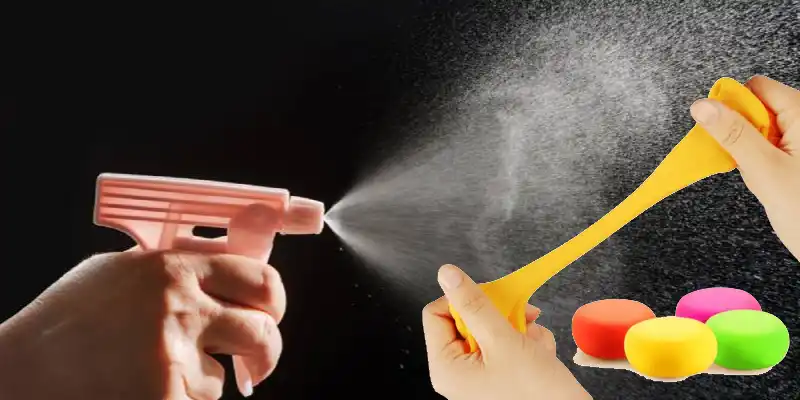
For severe cracks in clay, you can start by filling them with a similar color. Once the clay dries, apply paint to cover up the old color.
Please note that new air-dry clay is relatively wet and may still shrink as it dries naturally, causing new cracks.
Fix Broken Air Dry Clay
If you can retrieve all the clay pieces, just glue them back together. However, you can only recover most of it, and some small pieces will disappear forever.
Well, after you’ve stuck most of the pieces together, you’ll need to recreate the missing parts. New clay has a hard time sticking to the old one. You can use glue or spray some water on the old clay to restore stickiness.
Please note that re-moistening old air-dry clay is not always successful. Clay baked at high temperatures may change its chemicals and will no longer dissolve in water.
If none of the above methods can help you repair cracked or broken air-dry clay, you may have to start over.
Conclusion
Simply put, you cannot bake air-dry clay. Its main ingredient is PVA, which is not resistant to high temperatures. Instead, it dries naturally at room temperature.
Baking air-dried clay in the oven will cause the clay to crack or produce toxic gas, and does nothing good. So please don’t try to bake it. Using a hair dryer, you can speed up the drying.
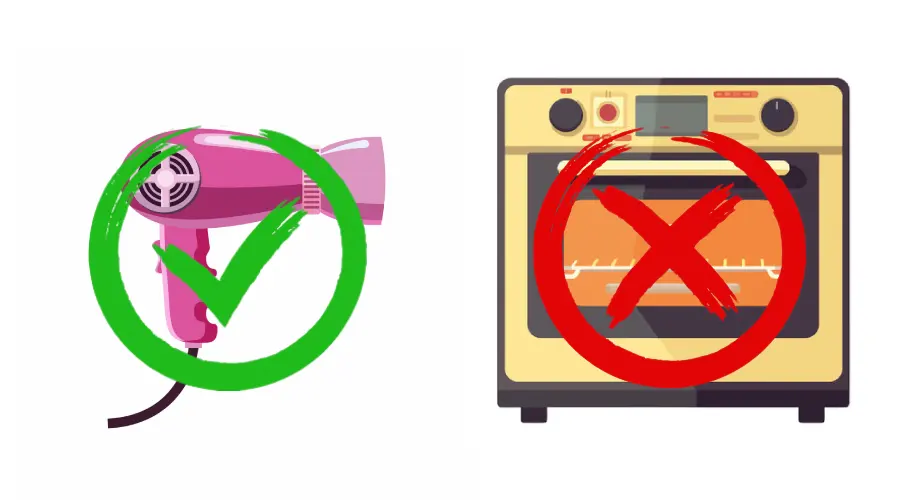
References

HEY! HOW CAN WE HELP YOU?
Our team will answer your inquiries within 48 hours.
Copyright © 2025 GuangDong AKIA Technology Co,. Ltd. All Rights Reserved

